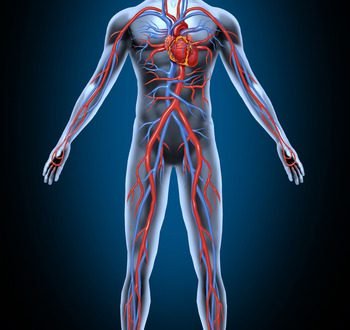Human body is an exceptional machine consisting of a brain which is known as the control processing unit of the body, a heart that pumps blood to every organ, a digestive system that fuels the body with food and water and keeps it running smoothly, lungs which provide the necessary amount of oxygen to every organ in the body and skin that acts as a protective layer for all these internal organs.
All this is well known by every individual but what is rather interesting about our body are the less known, weird but intriguing facts that can make anyone think twice about the kind of things that occur inside this miraculous structure of bones.

A human being’s DNA would stretch 10 billion miles, from Earth to Pluto and back if it were uncoiled.
The genetic code in each human cell contains 23 DNA molecules each of which contains 5 to 25 lakh nucleotide pairs. DNA molecules of this size are 5 cm long on average when uncoiled. Human body has 10 trillion cells therefore if the DNA in all the cells is stretched end to end, it would stretch over 2,678 million km.
This distance is lesser than the diameter of the solar system by some amount which is equal to the round trip distance from Earth to Pluto.

A human skeleton renews itself completely every 10 years.
A human body replaces itself every 7 years at cellular level but it takes 10 years for a body to get total frame regeneration.
However this may not sound too surprising because cells die and get replaced with new ones all the time but what matters is that the human body comprises of trillions of cells and the time period until all the cells are completely reformed.
An average human adult is made up of 7,000,000,000,000,000,000,000,000,000 (7 octillion) atoms.
An average human being weighing 70 kg is made up of number of atoms that is almost too big to write. The body is mostly made up of hydrogen, oxygen and carbon including some other trace elements which on the whole constitute up to 7x 10^27 atoms.

Some people can hear their eyeballs moving around in their head.
This is actually comes under the category of hearing impairment. The middle ear converts sound waves that vibrate the eardrum into mechanical vibrations for the cochlea, the hearing part of the inner ear. People can hear this sound when some part of the bone protecting the superior semicircular canal is missing.

A human’s little finger contributes over 50% of the hand’s strength.
It seems hard to believe that the pinkie contributes to half of the hand’s total strength but it is true that a person would lose his gripping power without his little finger. The thumb, index and the middle finger only help in pinching and grabbing whereas the little finger combines with the ring finger to provide gripping strength.

In an adult human, blood circulates about 19,000 km a day which is like traveling from east to west across the widest part of the Pacific Ocean.
The human body has about 5.6 L of blood circulating through the body three times every minute. In one day, the blood travels a total of 19,000 km which is roughly four times the distance across the U.S. from coast to coast.
A human eye can distinguish between 10 million different colours.
A normal human eye can see a variety of colours in 8-10 million range. In actual, the human eye can distinguish between only 3 colours i.e. red, green and blue. It is the either the combination or saturation levels of these colours than an eye sees.
A person takes about 23,040 breaths a day or about 672,768,000 breaths in a lifetime.
An average person takes between 17,280 and 23,040 breaths a day.

Adult humans spend about 33% of their lives asleep.
If the average night's sleep is eight hours (i.e. one third of a day), one sleeps for one third of one's life. An average human being who lives for 75 years, he’ll spend 25 years or 9,125 days of his life sleeping.